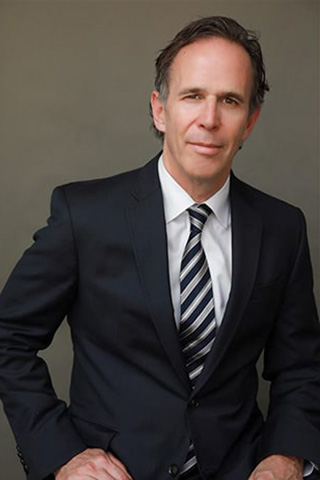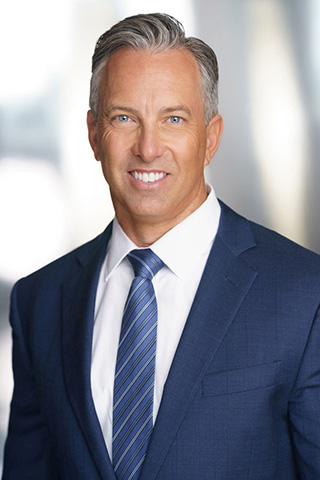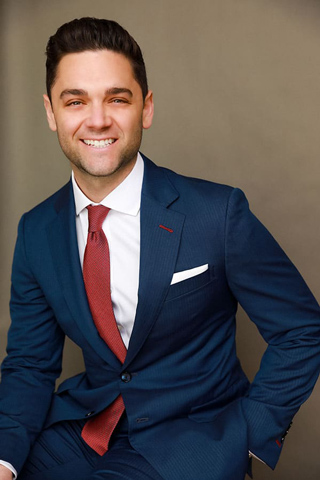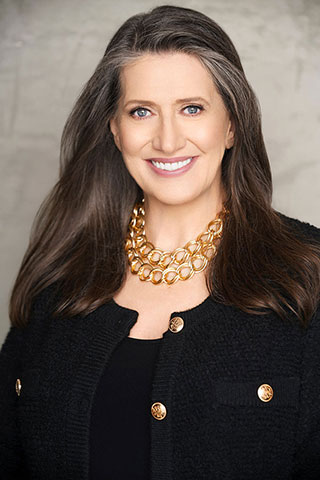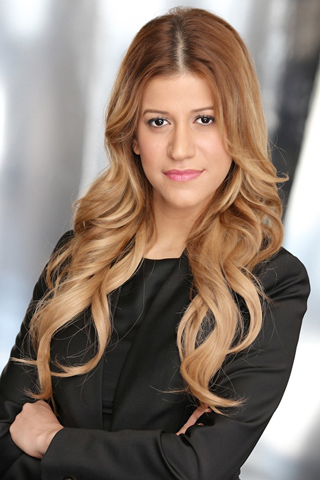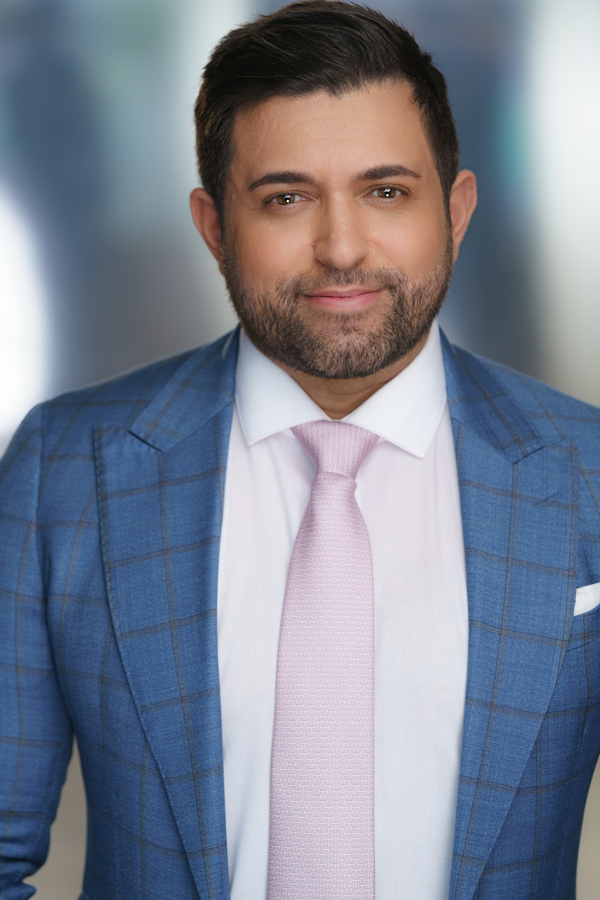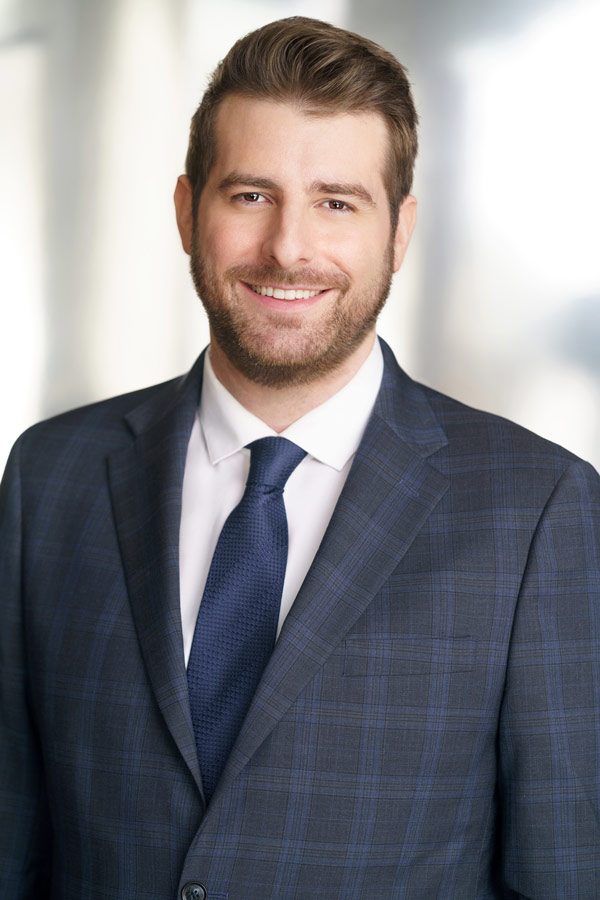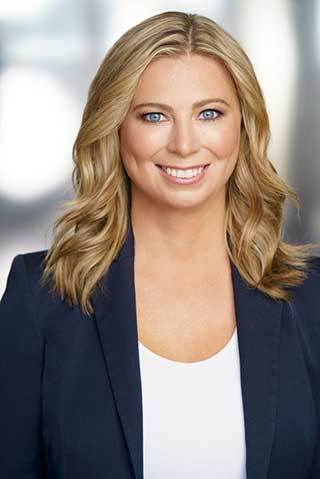Due to the high traffic volume and many tourists in the area, car accidents in San Francisco are, unfortunately, an all-too-common occurrence. When drivers and passengers are involved in traffic accidents, they may suffer debilitating injuries that leave them incapacitated, unable to work, and in severe pain.
If you recently suffered injuries in a San Francisco car crash, you need to have experienced legal counsel in your corner advocating for your interests at all times. A San Francisco car accident lawyer can evaluate your case and pursue the damages you deserve for your injuries and other losses.
Common Locations for San Francisco Car Accidents
In San Francisco, car crashes can occur anywhere throughout the city. Still, certain areas tend to be more prone to traffic incidents due to factors like high pedestrian activity, complex intersections, and heavy traffic.
Here are some areas where car crashes happen in San Francisco:
- Market Street– Market Street is a major thoroughfare in San Francisco with high pedestrian and vehicle traffic. The street’s central location and multiple intersections make it a hotspot for car accidents, particularly during peak commuting hours.
- Geary Boulevard – Geary Boulevard, a major east-west thoroughfare, experiences heavy traffic and numerous intersections. Accidents are relatively common along this route, particularly during rush hours.
- Lombard Street – Known for its steep incline and famous crooked section, Lombard Street attracts a significant number of tourists and local drivers. The combination of winding turns and heavy traffic can lead to accidents, especially during periods of congestion.
- Intersection of Van Ness Avenue and Lombard Street – The intersection of Van Ness Avenue and Lombard Street is notorious for car crashes. It is a complex intersection with multiple turning lanes, and traffic convergence often results in accidents.
- Golden Gate Park – While Golden Gate Park is a popular destination for recreation, it also sees its share of car accidents. The park’s many intersections, bike lanes, and pedestrian crossings increase the likelihood of traffic incidents.
- SoMa (South of Market) – SoMa is a bustling neighborhood with a mix of residential and commercial areas. Heavy traffic, diverse transportation modes, and a high concentration of pedestrians make SoMa susceptible to serious car crashes.
- Octavia Boulevard – Octavia Boulevard is known for its complex traffic patterns, intersecting with several major roads. Accidents often occur at this intersection due to the challenges posed by the roadway design.
- The Embarcadero – The Embarcadero, located along the city’s eastern waterfront, is a scenic route but can be prone to accidents. The combination of traffic from residents and tourists and the presence of cyclists and pedestrians increases the risk of collisions.
Car accidents can happen anywhere in the city, and various factors contribute to their occurrence. The unique characteristics and higher incidences of traffic incidents make these areas noteworthy. Vigilance and adherence to traffic rules allow drivers to navigate these potentially challenging areas in San Francisco.
Most Common Causes of San Francisco Car Crashes
Car crashes happen in San Francisco for many different reasons.
Some of the most common causes of car accidents in the city include:
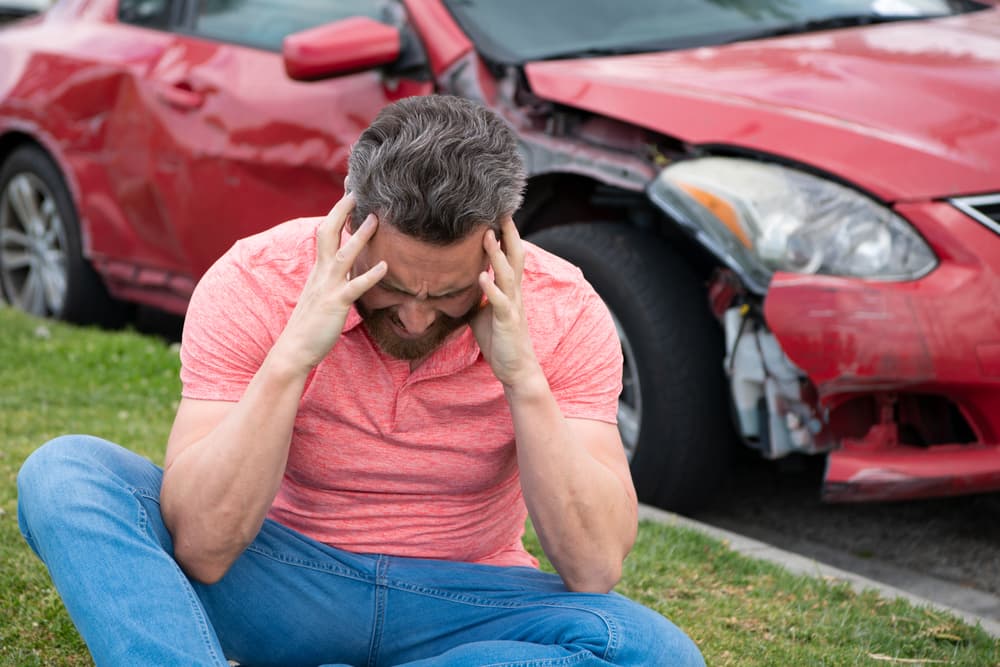
- Speeding – San Francisco’s hilly terrain and intricate street layouts pose challenges for drivers, making speeding a common issue. Driving at excessive speeds can result in difficulties maintaining vehicle control, especially on steep inclines and winding roads, leading to accidents.
- Running Red Lights and Stop Signs – Violating traffic signals, such as running stop signs or red lights, is another prevalent cause of accidents. Intersections throughout the city, especially those with complex traffic patterns, witness a high incidence of collisions due to drivers disregarding traffic signals.
- Distracted Driving – Distracted driving is also a leading cause of car accidents in San Francisco. With the prevalence of numerous electronic devices in vehicles, including smartphones, tablets, and GPS navigation systems, drivers may engage in activities like texting, talking, or using navigation apps while driving. As a result, they may take their eyes off the road and miss seeing a nearby vehicle or pedestrian.
- Driving Under the Influence (DUI) – Driving under the influence of alcohol or drugs remains a serious issue in San Francisco. Impaired drivers have diminished reaction times and impaired judgment, significantly increasing the likelihood of accidents.
- Roadway Construction Zones – Construction zones and road maintenance projects are common in San Francisco, often requiring lane closures and altered traffic patterns. Drivers may find it challenging to navigate these zones, contributing to accidents and disruptions.
- Reckless Driving – Reckless driving behaviors, including aggressive maneuvers, tailgating other vehicles, and abrupt lane changes (often without using a turn signal), contribute significantly to car accidents.
- Failure to Yield at the Proper Time – Failing to yield the right-of-way is a common cause of accidents, particularly at intersections. Whether it’s pedestrians, cyclists, or other vehicles, drivers who fail to yield increase the risk of collisions and pose risks to vulnerable road users.
- Bicyclist and Pedestrian Interactions – With a significant emphasis on alternative transportation modes, interactions between vehicles, cyclists, and pedestrians can lead to accidents. Understanding and respecting the rights of all road users is essential to preventing collisions.
If you suffered injuries in a San Francisco car crash that another driver caused, a knowledgeable personal injury lawyer can promptly investigate your accident circumstances and file a claim with the responsible driver’s insurance company.
Injuries in a San Francisco Car Crash
Car accident victims in San Francisco may suffer serious injuries depending upon the collision circumstances, the type of accident that occurs, and their bodily movements inside the vehicle during the crash.
Some common types of injuries include:
- Soft Tissue Injuries – Soft tissue injuries, including bruises, muscular contusions, sprains, and strains, are common in car accidents. These injuries can affect the accident victim’s ligaments, tendons, and muscles, frequently leading to limited range of motion, pain, and swelling.
- Head Injuries – Head injuries, including concussions, comas, and other traumatic brain injuries (TBIs), can occur when an accident victim’s head makes contact with the steering wheel, window, headrest, or dashboard in a car crash.
- Spinal Cord Injuries – Severe car accidents may lead to spinal cord injuries, affecting the spinal column, vertebrae, and nerves. These injuries can result in partial or complete paralysis, depending upon the level and extent of damage.
- Whiplash – Sudden acceleration and deceleration in an accident may cause the victim’s neck to whip back and forth, resulting in strains or sprains on the neck muscles and ligaments.
- Fractures and Broken Bones – The force of a car collision can result in numerous fractures and broken bones. Broken legs, arms, ankles, facial bones, and ribs are especially common in severe accidents.
- Psychological Trauma – Car accidents may cause accident victims to suffer psychological trauma, leading to conditions such as post-traumatic stress disorder (PTSD), anxiety, or depression. Witnessing or experiencing a traumatic event on the road can have lasting mental health effects.
- Internal Injuries – The force of a car accident may also cause internal injuries, affecting organs such as the lungs, liver, or spleen. Internal bleeding and organ damage may not be immediately apparent and require prompt medical care.
- Cuts and Lacerations – Sharp metal edges and broken glass or other debris in the aftermath of an accident can cause deep cuts and lacerations. These injuries may also require stitches and can leave permanent, visible scars.
- Burn Injuries – In rare cases, car accidents involving fires or explosions can result in burn injuries. Burns may range from minor to severe and often require specialized medical care or procedures.
- Joint Injuries – A forceful car accident may also cause joint injuries, such as dislocations or damage to the knees, hips, or shoulders. These injuries may require surgical intervention and rehabilitation to repair.
Seeking prompt medical attention is crucial for car accident victims in San Francisco, as some injuries may not be immediately apparent. Documenting injuries, following prescribed treatment plans, and consulting with healthcare professionals are essential steps in the recovery process. Additionally, victims may explore legal options to pursue compensation for medical expenses and other damages incurred due to their accident.
Proving a California Car Accident Case
Proving a car accident case in San Francisco involves gathering evidence to establish liability and demonstrate the extent of damages incurred.
Here are some key steps to strengthen your personal injury case:
- Obtain a Copy of the Police Report – Contact law enforcement to ensure the responding officer completes a police report following your accident. This report may include details about the accident, statements from involved parties and witnesses, and any citations the officer issued to the responsible driver. A police report also provides an official account of the incident and can be valuable evidence.
- Seek Ongoing Medical Attention – Seek prompt, ongoing medical attention for any injuries you suffered in the accident. Medical records serve as important evidence linking your injuries to the collision. Delaying medical care may weaken your case, as insurance companies may question the connection between the accident and your injuries.
- Preserve All Available Evidence – Preserve all evidence related to your accident, including damaged vehicles, clothing worn at the time, and any objects involved. These items may be crucial in reconstructing the sequence of events and establishing liability in your claim or lawsuit.
- Collect Witness Statements – Witness statements can provide independent accounts of the accident, supporting your version of events and establishing fault.
- Maintain a Diary or Journal – Keep a detailed diary or journal documenting your injuries, pain levels, medical treatments, and any other consequences of the accident. This chronicle can serve as a comprehensive record of your experiences, strengthening your case when seeking compensation for damages – particularly for your pain, suffering, and inconvenience stemming from the accident.
- Retrieve Surveillance Footage – If the accident occurred in an area with surveillance cameras, your lawyer can attempt to obtain video footage that captured the collision. Surveillance footage can provide clear evidence of the events leading up to the crash.
- Consult Expert Witnesses – In a complex case, your attorney may consult accident reconstruction experts or medical professionals. Their expertise can help explain the mechanics of the collision or establish a direct link between the collision and the injuries you suffered.
By meticulously gathering and preserving evidence, documenting your injuries and their effect, and seeking professional guidance, you enhance your chances of successfully proving a car accident case in San Francisco and securing fair compensation.
Recovering Compensation for Injuries in a San Francisco Car Accident
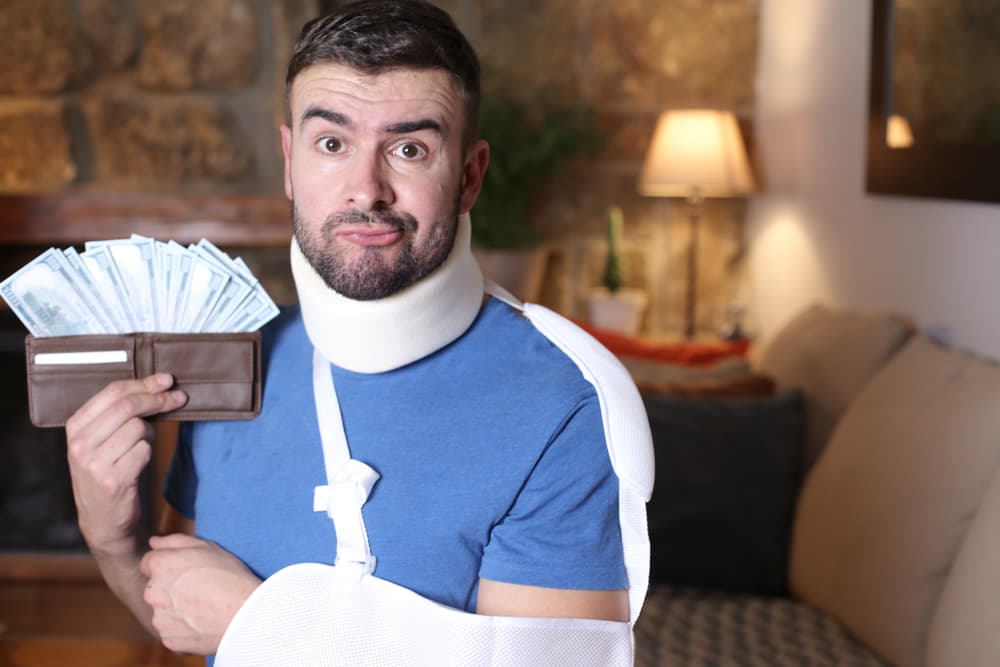
In the aftermath of a car accident in San Francisco, individuals may be eligible for various damages to compensate for their losses. One primary form of compensation is economic damages, encompassing measurable financial losses incurred due to the accident. This includes medical expenses, covering the costs of immediate and ongoing healthcare needs resulting from injuries suffered in the collision.
Additionally, individuals may seek compensation for property damage. This pertains to the repair or replacement costs of the vehicle involved in the accident. The extent of property damage may vary, ranging from minor repairs to significant vehicle replacements.
Non-economic damages are another category of compensation that individuals may pursue. These damages are less tangible and more subjective, encompassing the emotional and psychological toll of the accident. Pain and suffering fall under this category, acknowledging the physical discomfort and mental anguish experienced as a direct result of the collision.
Loss of consortium is a unique type of non-economic damage that considers the effect of the accident on personal relationships. Spouses may seek compensation for the loss of companionship, support, and intimacy resulting from accident-related injuries.
In some cases, individuals may be eligible for punitive damages. Unlike other types of compensation, punitive damages are supposed to punish the at-fault party for gross negligence or intentional misconduct.
It’s crucial to note that the specific circumstances of each case will influence the types and amounts of damages awarded. Seeking legal advice is essential to navigating the complexities of a San Francisco car accident case and ensuring that individuals receive fair and appropriate compensation for all of their losses.
Speak with a San Francisco Car Crash Lawyer Today
If you sustained injuries in a San Francisco car accident, an experienced personal injury lawyer can help. Your lawyer can promptly file a car accident lawsuit or claim on your behalf, negotiate with the insurance company, or litigate your case to a resolution in court.
Seek your free consultation with a trusted personal injury attorney in San Francisco right away.



